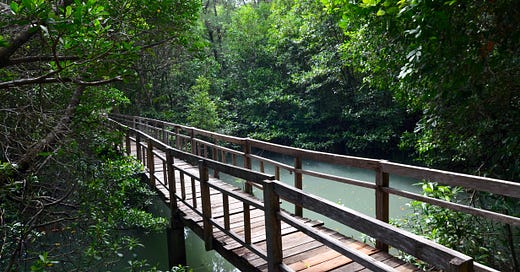Today we’re cruising all the way down to Ko Tarutao, a large and mountainous island looming within view of Malaysia’s Langkawi Island in the Thai Andaman’s southern corner. The name, which derives from a word that means “Ancient” in an old Malay dialect, still fits well today. Despite ranking as Thailand’s fourth largest island at 152 square km, modern …
© 2025 David Luekens
Substack is the home for great culture



